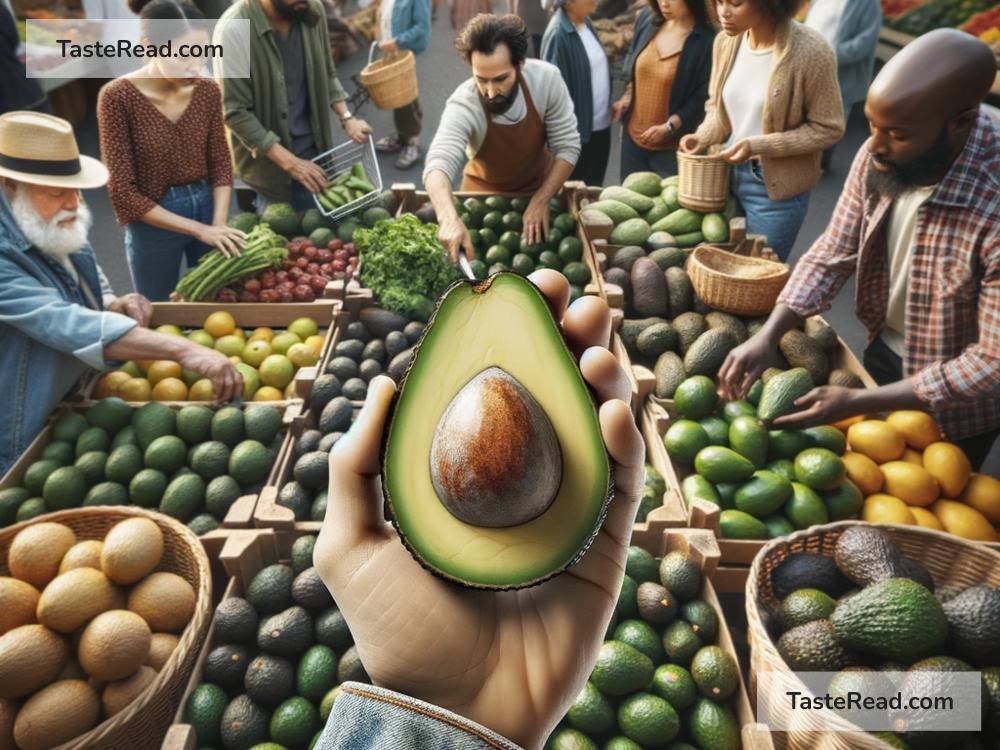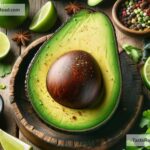How Avocados Became a Staple in Modern Diets
Avocados are everywhere these days. From fancy toast at brunch spots to guacamole at parties, this green fruit has found its way into our hearts—and stomachs. But avocados weren’t always this popular. Today, let’s look at how avocados became a staple in modern diets.
The Origins of Avocados
Avocados originally came from Central and South America. People in these regions have been eating them for thousands of years. Ancient civilizations like the Aztecs valued avocados and even called them “ahuacatl,” which means “testicle” in Nahuatl—probably because of their shape and reputation as an aphrodisiac.
For centuries, the fruit was mostly local to these areas. It wasn’t until the early 20th century that avocados started spreading to other parts of the world, including the United States and Europe. But even then, avocados were not as popular as they are today. Many people didn’t know how to eat them, and the fruit wasn’t widely grown in other places yet.
Marketing Magic: Turning Avocados Into a Trend
Avocados owe much of their rise in popularity to clever marketing. In the 1920s, growers in California started promoting avocados as a premium fruit. They renamed “ahuacatl” to a more appealing name—“avocado”—to make the fruit more marketable. Later, they branded it as the “alligator pear” to emphasize its exotic appeal.
By the 1980s and 1990s, avocado growers and organizations, like the California Avocado Commission, ramped up their efforts. They pushed ideas about avocados being healthy and versatile. These campaigns encouraged people to add avocados to salads, sandwiches, and other simple recipes. The goal was to make avocados more familiar and approachable.
Another big boost came from the Super Bowl. Guacamole became a popular dish for game day parties, thanks to advertising campaigns that targeted football fans. Pairing avocados with cultural moments like this helped cement them as part of American cuisine.
The Health Craze and Avocado’s Nutritional Benefits
One of the biggest reasons avocados have become a modern dietary staple is their health benefits. In the early 2000s, people started becoming more conscious about what they ate. Diets that focused on fresh, whole foods became trendy, and avocados fit perfectly into this lifestyle.
Avocados are rich in healthy fats, particularly monounsaturated fat, which is good for your heart. They’re also packed with fiber, vitamins, and minerals like potassium and vitamin E. Because of this, avocados are often called a “superfood.”
When low-fat diets faded and fats like avocado began to be celebrated, people saw avocados as an essential part of a balanced and healthy diet. From paleo diets to vegan diets, avocados fit seamlessly into many eating styles.
Social Media and the Rise of Avocado Toast
If you’ve ever scrolled through Instagram, you’ve probably seen a photo of avocado toast. This simple dish—mashed avocado on bread, often dressed up with spices, veggies, or an egg—played a huge role in avocado’s rise to fame.
Avocado toast started appearing on menus at trendy cafes around the world. It’s healthy, colorful, and photogenic—perfect for sharing on social media. Millennials especially embraced the trend. For them, avocado toast was more than food; it became a symbol of lifestyle and wellness.
As photos of avocado dishes flooded social media, more people wanted to try them. This added to the fruit’s growing reputation as a modern must-have. Thanks to these small but impactful moments, avocados went viral.
Global Distribution and Accessibility
Another reason avocados are so popular today is their availability. Over the years, avocado farming has expanded to meet growing demand. Countries like Mexico, Peru, Chile, and Kenya have become major suppliers of avocados to international markets.
Mexico is the world’s largest producer of avocados and exports millions of tons every year. Growing methods have improved, making avocados available year-round. Lower transportation costs and more efficient farming mean avocados are more affordable than ever for consumers.
Of course, sustainability is a concern with avocado farming, as growing demands also impact water use and deforestation in some areas. But many farmers and organizations are working to make avocado farming better for the environment.
Why We Love Avocados
So, why have avocados captured so many hearts? It’s not just their health benefits or versatility. Avocados are creamy, mild, and works well in sweet and savory dishes. They can turn a boring salad into something delightful or make a smoothie extra creamy. Their neutral taste allows for endless possibilities.
Plus, there’s a bit of luxury associated with avocados. They’re not as cheap as some other fruits or vegetables, so eating them feels special.
At the same time, avocados are deeply comforting. Whether you’re spreading them on toast or scooping out guacamole with chips, they have a way of making your meal feel satisfying and indulgent.
Conclusion
Avocados are here to stay. From ancient civilizations to modern Instagram feeds, this humble fruit has come a long way. Thanks to smart marketing, health trends, and an appetite for fresh, delicious foods, avocados have become a staple in diets around the world.
Next time you’re enjoying avocado toast or dipping tortilla chips into guacamole, remember the journey this fruit has taken. It’s not just delicious—it’s a symbol of how food can unite cultures and adapt to change.


